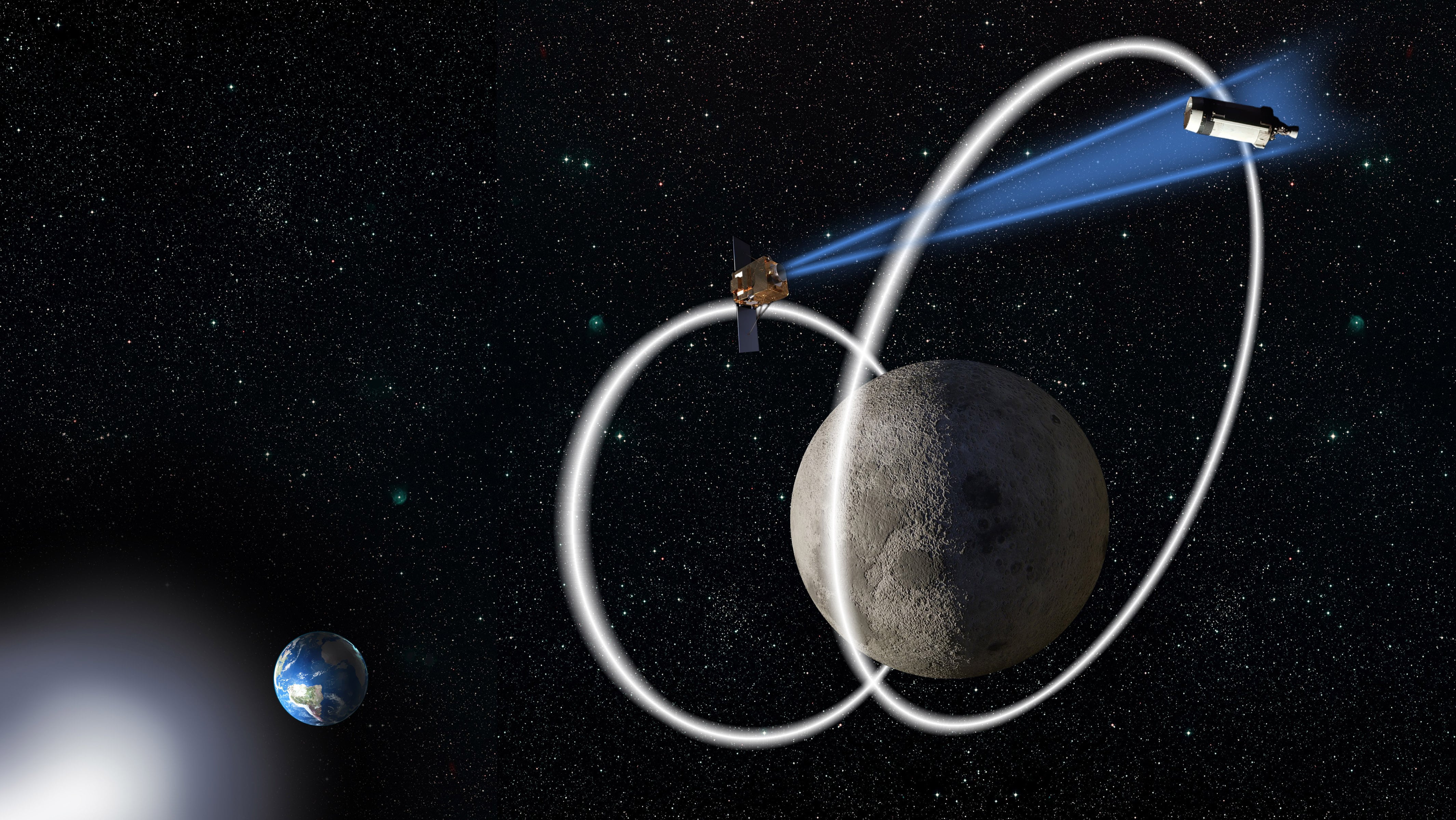The Space Force expects to begin early operations of its new Futures Command before the end of this year, according to the general in charge of establishing the organization.
Lt. Gen. Shawn Bratton, the service’s chief strategy and resourcing officer, said he hopes to have a task force of 10 to 15 personnel in place by this summer. That team will lay the groundwork for the command with the goal of initial operations before the end of 2024.
“We’ll get the team, and they’ll start pulling it together and working through both the administrative [Defense Department] requirements to create a new organization as well as the much harder work of really getting after the tasks associated with it,” Bratton said Feb. 27 at the National Security Space Association’s Defense and Intelligence Space Conference in Virginia.
Chief of Space Operations Gen. Chance Saltzman announced the creation of the command Feb. 12 as part of organizational changes meant to position the Air Force and Space Force to better deter and counter threats from China. The Army has had a futures command to run modernization efforts since 2018.
The idea is that as the Space Force matures, it requires a more robust analysis backbone to not only understand what satellites, sensors and ground systems it needs, but also what structures it must have in place to support those capabilities. That includes the military construction, classified facilities, training and operational units that come with a new mission.
Space Futures Command will focus on three primary functions, which will be organized into centers. The Concepts and Technology Center will analyze the threat environment and consider what capabilities and forces the service needs to respond to those threats. A Wargaming Center will evaluate potential technologies through tabletop exercises and learning campaigns.
The third hub, the Space Warfighting Analysis Center, already exists within the Space Force and is focused on developing models for how the service can apply those capabilities in a future warfighting environment.
Bratton pointed to cislunar operations and on-orbit servicing and logistics as two mission areas Space Futures Command may explore in the near term.
Cislunar refers to the area between geostationary orbit — about 22,000 miles above Earth — and the moon. The service has been exploring concepts for future operations in that region, and Bratton said the new command could help refine how the service might operate in cislunar and what threats it may encounter.
Servicing, mobility and logistics is an emerging mission for the Space Force as it looks extend the life of its satellites and change the way it maneuvers them. While the service has demonstrations planned in the coming years, Bratton said there is some analytical work around how, for example, on-orbit refueling contributes to the Space Force’s role in future conflicts.
“We think there’s value there,” he said. “It’s sort of like going into court and proving there’s value. And that’s what futures command is going to have to do.”
Courtney Albon is C4ISRNET’s space and emerging technology reporter. She has covered the U.S. military since 2012, with a focus on the Air Force and Space Force. She has reported on some of the Defense Department’s most significant acquisition, budget and policy challenges.







